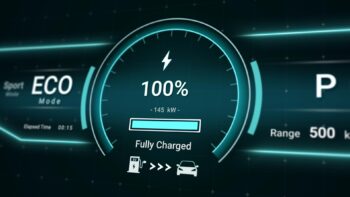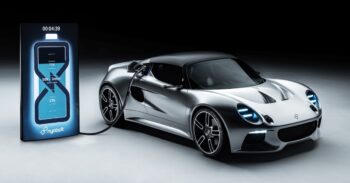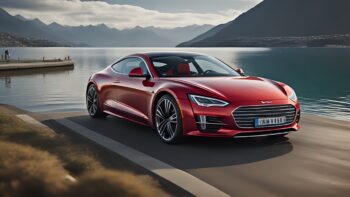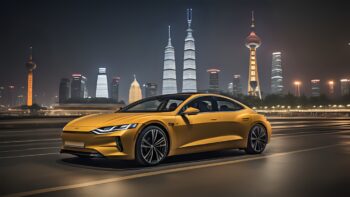Breakthrough in battery research: Sodium battery charges in seconds.
Sodium-ion batteries are considered groundbreaking. The main reason: lower costs. Sodium is 500 times more abundant on earth than lithium.
Especially for electric cars, research on sodium batteries is therefore being heavily pursued, as they enable lower car prices. However, they generally exhibit poorer performance compared to lithium-ion batteries. This affects storage capacity, power output, and charging time.
At the South Korean research institute KAIST, a new sodium-ion battery has been developed that no longer exhibits these drawbacks.

(Image KAIST News Center)
Mixing battery and supercapacitor
This involves a hybrid design. It combines the sodium battery with materials typically used for supercapacitors. According to the researchers, this combination would enable high storage capacities and rapid charging and discharging.
To achieve this, two problems had to be solved: first, the slow charging speed of battery anodes, and second, the low storage capacity of supercapacitor cathodes. For this purpose, two metal-organic base systems were developed.
This led to the creation of an anode containing active materials in porous carbon. The high-capacity cathode material was synthesized. Combining both forms the basis for the new sodium-ion battery.
More capacity and more power
In the lab, a battery cell was built from the components. This had higher energy density than conventional lithium-ion batteries and the power density of a supercapacitor.
A battery for an electric car with this technology would thus have greater range and could be fully charged within seconds. At the same time, the output is higher: When needed, a lot of power can be quickly drawn, making the battery suitable for powerful electric motors.
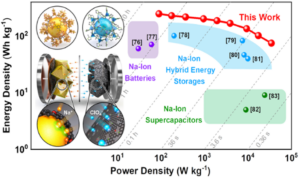
(Image KAIST News Center)
Researchers celebrate breakthrough in energy storage technology
The research team describes this new development as a breakthrough, not only for sodium-ion batteries but for all currently prevalent energy storage systems. They envision applications in many electronic devices, including electric cars.
As always, such “miracle batteries” should be approached with caution. Just because it works in the lab doesn’t mean this technology is ready for mass production. The researchers do not provide a timeline for when this new type of battery could be ready for commercial use.
Source and images : KAIST News Center / Futurezone
Header : BMW.com – BMW i5
